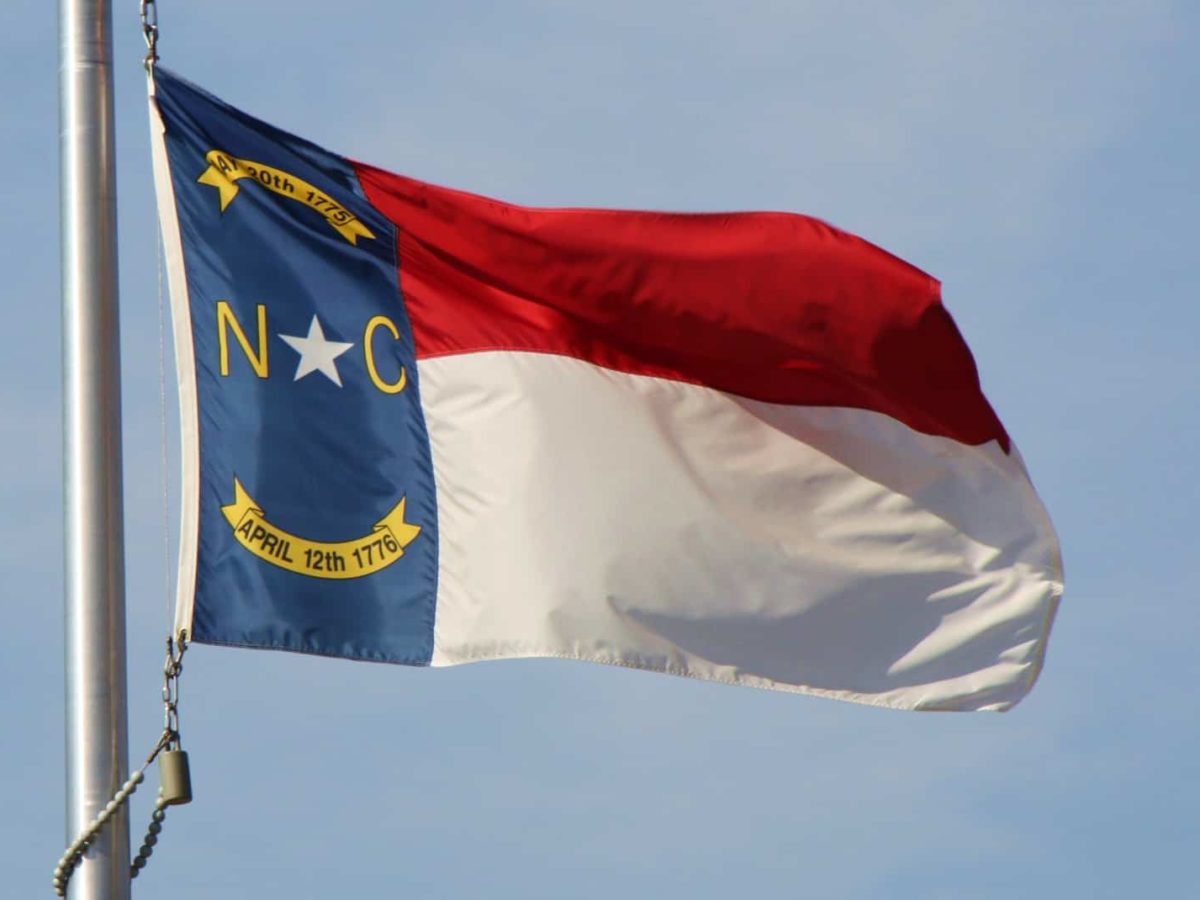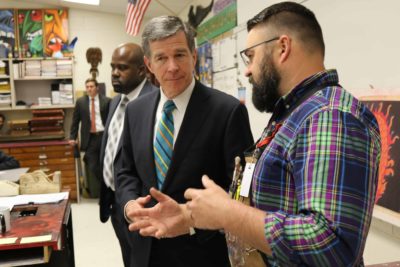

In image-conscious North Carolina, sometimes it takes an embarrassment to get the state in gear. Consider, for example, what happened in 1989 when North Carolina learned it ranked as the state with the worst infant mortality rate.
Republican Gov. Jim Martin, in the first year of his second term, convened a 32-member Governor’s Commission on the Reduction of Infant Mortality, chaired by then-UNC Medical School Dean Stuart Bondurant. The commission set in motion a classic North Carolina government-university-private sector response.
“The early 1990s saw the largest reduction in infant mortality,” the North Carolina Medical Journal later reported, “as the state focused its efforts on expanding access to medical care for pregnant women. An important development during this period was the creation of the North Carolina Healthy Start Foundation…The success of these early expansion initiatives was reflected in the infant mortality rate, which decreased from 12.6 deaths per 1,000 live births in 1988 to 9.2 deaths per live births in 1995.”
That story came to mind as I read a new report from the Urban Institute ranking states in their spending on children. The report, “Unequal Playing Field?,” does not place North Carolina last, but rather fifth from last among the 50 states — embarrassing enough.
The report’s principal author, Julia B. Isaacs, a former Congressional Budget Office analyst who is now senior fellow at the Urban Institute in Washington, points out that state and local governments provide the bulk of public spending on children, defined as 19 years and younger. She looked at spending on K-12 education as well as child care assistance, foster care, children’s health insurance, child support enforcement, and more. Her report uses 2013 federal data, the most recent available for the array of state-local programs studied.
Isaacs’ calculations, adjusted for cost of living, showed North Carolina at $5,922 in annual spending per child, well below the national average of $7,923. The top four states — Vermont, New York, Alaska and Wyoming — all had per-child spending of more than $12,000.
Schools consume by far the largest share of state-local spending on children. Since 2013, North Carolina has had year-by-year increases in K-12 spending, though the state’s per pupil spending has remained below the pre-recession level of nine years ago.1
“Families are largely responsible for meeting their children’s needs, but broader society also provides resources and services to support their healthy development,” says the Isaacs report. She also observes that “though children’s outcomes are affected by many dimensions, health and education outcomes tend to be better in states that spend more on children. The wide disparities in public investment raise concerns about whether children nationwide are on equal footing when it comes to pursuing the American dream.”
The report also points to looming fiscal and political challenges facing fast-growing states, which also tend to be low-spending states. The report places North Carolina among the five states with the largest projected increase in their 19-and-under population by 2030.
This Urban Institute study adds to a plethora of rankings in American public life. North Carolina revels in its high business-oriented rankings — first in 2017 in Site Selection magazine, second “best state for business’’ in 2016 in Forbes. The state has highly ranked public universities and academic units within the UNC system.
Last year, the Kids’ Count Data Book ranked North Carolina 34th among states in overall child well-being measures. The Equality of Opportunity Project, developed by Harvard and Stanford scholars, placed Raleigh and Charlotte in the bottom 10 major metro areas in the chances for upward mobility of low-income young people. The new Urban Institute rankings remind North Carolinians that their sprawling, growing state, now among the top 10 in population, does not propel young people as robustly as it could, or should.
Isn’t it time for North Carolinians to recapture their sensitivity to embarrassment?


